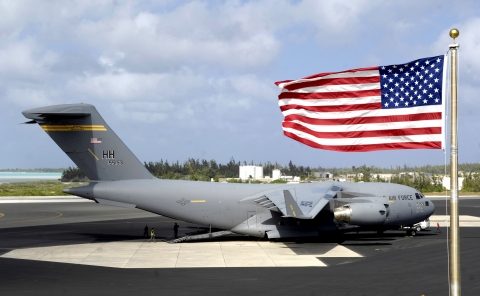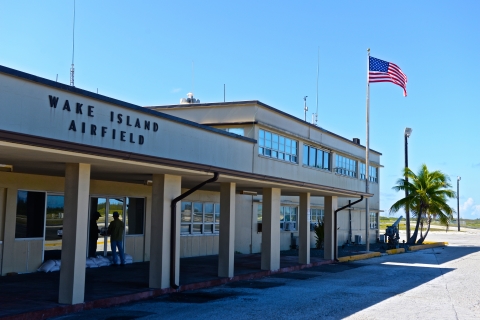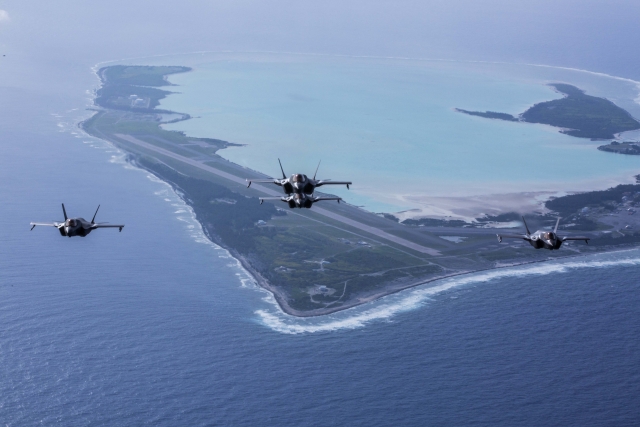Wake Island is becoming more critical for US Forces
After more than two years *) since a USAF B-2A Spirit flew some 3,950 kilometers from Joint Base Pearl Harbor-Hickam (HI), to conduct routine training in the vicinity of Wake Island and carried out a hot-pit refuel on the island, Scramble Magazine has learned that the Air Force Civil Engineer Centre (AFCEC) have begun executing USD 87 million in critical airfield construction at one of the most isolated Air Force installations to enhance operational and defense capabilities for US Forces.
The outpost, known as Wake Island Airfield, on a Pacific remote island, holds great significance for US Forces because it serves as a trans-Pacific refueling depot for military missions in addition to being a military training and missile testing location.
This two-and-a-half square-mile coral atoll, also known as Wake Atoll, is made out of three islets and is considered the air bridge for US Forces aircraft flying across the Pacific Ocean because of its unique location and the 9,800-foot (three kilometer) runway. This runway has great importance. It enables the US Forces to conduct their mission(s), and in case of emergency, allows military aircraft to divert to the island and land there safely.

As the longest in the Pacific, the runway has deteriorated after many years of use. Although multiple construction works have been carried out on Wake Island in the past few years, the runway infrastructure is critical to mission assurance. Wake Island is US Territory, and has been named a National Historic Landmark due to the World War II battle that took place at the atoll in 1941.
The US Air Force took control of the island in 1973. Located halfway between Hawaii and Japan, Wake Island Airfield handles between 500 and 600 aircraft annually and now needs improved infrastructure to fully support US Forces missions.
*) In September 2018, Scramble Magazine reported on the B-2A Spirit mission to Wake Island.



